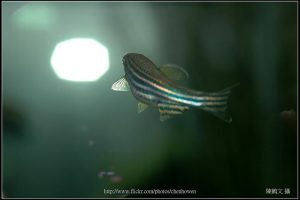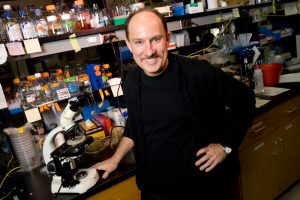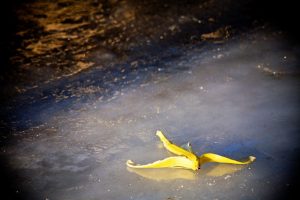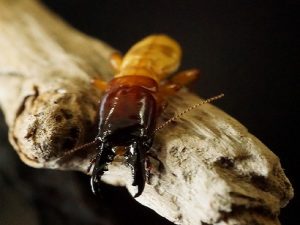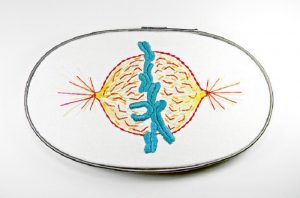Enter your address to receive notifications about new posts to your email.
Articles tagged Evolution
(108 results)
-
Finding fresh mutations
Improved duplex sequencing identifies spontaneous mutations in bacteria without long-term culturing. Spontaneous mutations are the driving force of evolution, yet, our ability to detect and study them can be limited to mutations that accumulate clonally. Sequencing technology often cannot identify very rare variants or discriminate between bona fide mutations and errors introduced during sample preparation.…
-
An ancient regulator of sex development
A Wnt protein involved in the formation of the human ovary plays an important role in female zebrafish sex development. Even though zebrafish are a well-studied research model, how these fish develop into males or females remains rather obscure—in part because the sex of lab strains is not determined by sex chromosomes. Research published…
-
2019 Edward Novitski Prize awarded to Joseph Heitman
Prize recognizes extraordinary creativity and ingenuity in genetics research. Joseph Heitman, MD, PhD of Duke University is the recipient of the 2019 Genetics Society of America (GSA) Edward Novitski Prize. Heitman is honored for his work on human fungal pathogens and for identifying the molecular targets of widely-used immunosuppressive drugs. The latter work proved to…
-
Does Candida grow on trees?
An opportunistic human pathogen makes itself at home on old oaks. At one point or another, most people have played host to the common yeast Candida albicans. Around 40-60% of healthy adults carry around it in their mouth or guts; in immunocompromised people, however, this normally harmless cohabitant becomes a deadly pathogen. Generally thought to…
-
What’s the cost of a slip in translation?
Programmed ribosomal frameshifting has translational costs that may influence codon usage bias. The genetic code has some redundancy—the same amino acid is often encoded by several codons. However, these codons are not necessarily equal in their effect, as evidenced by the codon usage bias observed in many organisms. The translation efficiency hypothesis posits that some…
-
Katherine Xue studies how the flu evolves inside you
The recipient of the 2018 Crow Award reveals details of flu evolution at the smallest —and largest—scales. For many viral diseases, a vaccine can provide lifelong protection. But for flu, you need a new shot every year. The influenza virus evolves so fast it presents a constantly moving target for both our immune systems and…
-
Roaches help unlock termite society secrets
Termites may have evolved sterile castes through hormone signaling changes in their cockroach ancestors. Eusocial insects, like ants, bees, and termites, have rigid caste systems: some individuals reproduce, while others are temporarily sterile workers or permanently sterile soldiers. This division of labor allows colonies to thrive, but the question remains: how did these species evolve…
-
How an earthquake shook up stickleback genomes
New genetic data help explain the rapid adaptation of stickleback fish that invaded freshwater habitats in the 1960s. In 1964, an earthquake shook the islands off the coast of Alaska, transforming the landscape as underwater terraces were thrust above the surface. From this cataclysmic event emerged a series of freshwater pools that became a natural…
-
A day in the mouth
Rapid genomic changes observed in Candida albicans soon after exposure to the oral cavity. Whether or not you treat your body like a temple, it presents a hostile and rapidly-changing environment for the many microorganisms that call you home. In contrast to the microbes that hang out inside humans, those that are cultured in the…
-
The evolution of protein design
An evolutionary approach outperforms a design approach in modeling protein sequence variation. Over generations, evolution shapes proteins, leading to variation in their amino acid sequences both between and within species. Despite our ever-increasing knowledge of the physical constraints that guide protein structure, advanced modeling techniques don’t capture the site-specific variability observed in natural proteins. Bafflingly,…
-
Videos from PEQG18 Keynote and Crow Award sessions
Watch presentations from the conference, including talks from Katie Peichel and Jonathan Pritchard. Now that the dust has settled from the whirlwind of the first ever standalone GSA Population, Evolutionary, and Quantitative Genetics Conference (PEQG18), we’re delighted to be able to share the audio and synched slides from the Keynote and Crow Award sessions. We’re…


